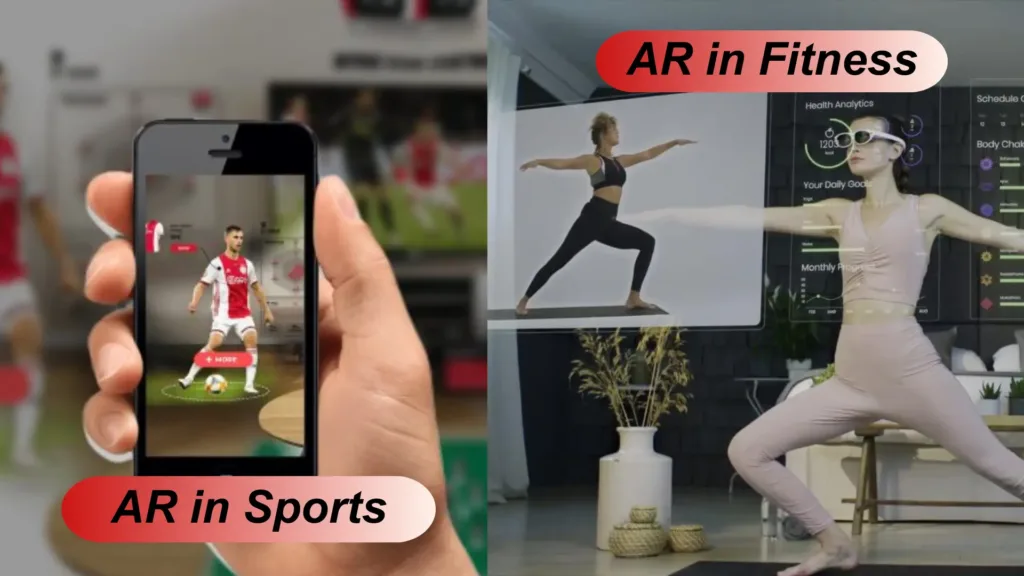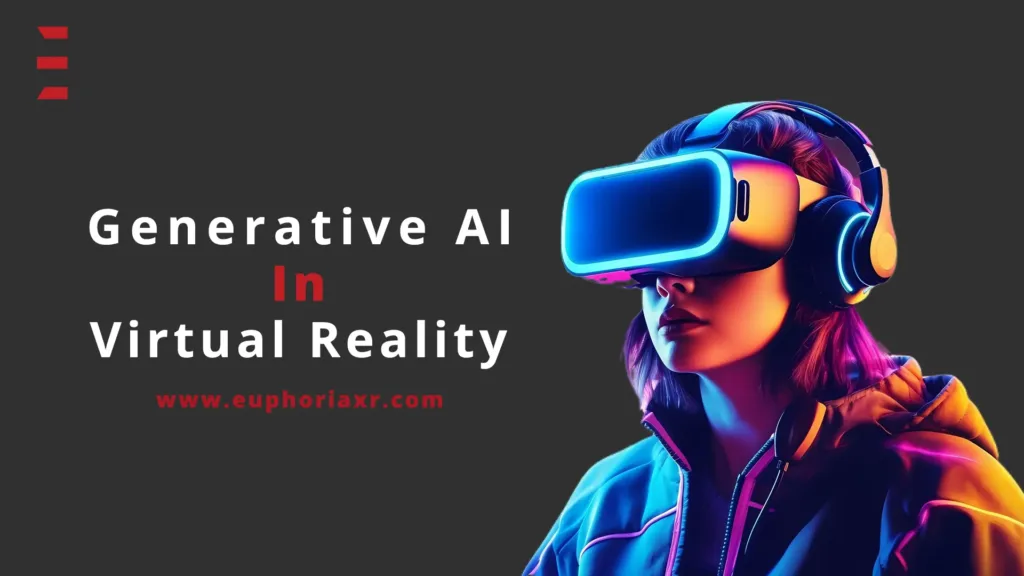A vast virtual world, previously only a faraway fantasy, is fast approaching reality—greetings from the metaverse, an appealing environment transforming different industries. Metaverse goods are changing the game by promoting social connections in new ways and reshaping communication.
The worldwide metaverse market is expected to reach around 936.6 billion USD by 2030. Sectors leading the charge to speed up this growth include global entertainment, gaming, and healthcare.
But where do you even begin when there’s so much going on? Let’s examine the most popular Metaverse Products currently in the news and see how they are reinventing the surrounding environment:
Most Popular Brands in Metaverse Business
Decentraland (Decentralized Metaverse Platform)
Decentraland, a pioneer in the metaverse revolution since its inception in 2015, offers a unique virtual experience
. Users can purchase, trade, and even build virtual land parcels using the Ethereum blockchain. The real magic lies in its freedom, allowing you to create anything from a bustling virtual store to a breathtaking art gallery showcasing your most prized NFTs.
Decentraland increases a healthy user-generated content (UGC) environment where ownership is essential for creators and businesses. With over 80,000 active monthly users, Decentraland has proven the potential of the Metaverse Economy by facilitating virtual land sales for millions of dollars.
Microsoft Mesh
Have you ever thought that video conferences lack a personal touch? This is the case with Microsoft Mesh, which was introduced in 2021. Microsoft Mesh is based on mixed reality technology. This ground-breaking platform’s seamless integration with Microsoft Teams allows users to conduct meetings and give presentations in a common virtual area.
Picture communicating your ideas with coworkers from other countries virtually present around a 3D whiteboard, all at your fingertips. Mesh makes working remotely more immersive and interesting for remote teams, which is especially helpful for industries where spatial thinking and visual communication are essential skills.
“The metaverse is here, and it’s not only transforming how we see the world but how we participate in it – from the factory floor to the meeting room.”
| Satya Nadella, Microsoft
The Sandbox (Metaverse Game Platform)
Enter the world of The Sandbox to explore your inner creator and businessperson. Founded in 2012, this blockchain-based game lets users create and profit from their virtual worlds. Envision creating an expansive universe using voxels furnished with engaging missions and obstacles. In the metaverse economy, you can create your unique cash stream by designing and selling NFTs.
By giving users unmatched creative freedom and ownership, the Sandbox creates an active, dynamic virtual experience created by its users. With over a million active wallets, The Sandbox has handled millions of dollars worth of NFT sales, reflecting the astounding potential of user-driven development in the metaverse.
Roblox (Metaverse game Platform):
Dynablocks was a physics-based instructional tool founded in 2004 by David Baszucki and Erik Cassel. Later, the platform underwent a name change and evolved into a virtual gaming community and a platform for user-generated content. With a committed user base of more than 200 million monthly active users, Roblox has grown beyond its beginnings as a simple game platform to become a fully functional Metaverse Platform. It’s no longer simply about playing games, though.
In addition to games, Roblox allows players to connect and participate in virtual events and virtual meeting areas. Moreover, it also lets users share and build immersive virtual worlds. Furthermore, Roblox Studio allows users to learn how to code, which makes the platform an adaptable tool for metaverse users of all ages.
Nvidia’s Omniverse
Launched in 2020, the Omniverse from Nvidia isn’t like other Metaverse Games. This powerful platform is made specifically for 3D design experts, artists, and architects creating the virtual worlds of the future.
Picture an animated canvas where multiple creatives collaborate fluidly, including costume designers and animators. That is Omniverse’s magic. It takes advantage of technologies from Pixar, the industry leader in animation known for movies like Toy Story, to establish a common language for 3D landscapes and objects. Characters and situations can flow easily across different tools, enabling true creative cooperation. This implies that there will be no more battling with incompatible software.
Constructing metaverse environments requires an equally potent foundation since they grow increasingly complex and immersive. Omniverse becomes the studio’s go-to tool, providing a hub for collaboration where ideas can flow and the metaverse itself may be carefully built, digital brick by digital brick.
“The metaverse is coming. Metaverse is not only a place to game. Future worlds will be photorealistic, obey the laws of physics, and be inhabited by human avatars and AI beings. We will create a future in these metaverses before actually downloading the blueprints to be fab’ed in the physical world.”
| Jensen Huang, Nvidia.
Upland:
Upland is a unique metaverse product founded in 2018 by Idan Zuckerman and Dirk Lueth. In this NFT-based virtual real estate game, users can purchase, sell, and exchange virtual plots by superimposing digital properties over actual places.
Upland has gained much traction due to its creative strategy, drawing about 60,000 active users daily and raising $18 million at a $300 million value. The platform employs the EOS blockchain to guarantee safe ownership and promote a flourishing player-driven economy.
Trading real estate is only some of what Upland does. The platform actively pursues collaborations to improve user experiences. Their latest partnership with the FIFA 2022 World Cup is a prime example of their dedication, providing football enthusiasts with an innovative method to interact with the game on the web.
The MetaVRse
This developer, MetaVRse, is different from the others. It is a formidable company founded in 2016 that creates immersive AR, MR, and VR experiences that transform entire sectors.
Imagine concerts where attendees engage with virtual avatars or theme park rides that smoothly mix the real and virtual worlds. The MetaVRse is all over these experiences, increasing the pleasure of a large chain of theme park rides by 30%.
MetaVRse makes interactions possible. A study by a prominent retailer group revealed that engaging with a MetaVRse virtual showroom increased purchase intent by 72%. Even the Real estate industry also benefits. MetaVRse’s realistic lighting and detailed virtual experiences accelerated the sales of properties by 15% for a top agency. Along with pushing limits in other areas of healthcare, they are working with a prestigious medical school to produce VR simulators for surgical training.
Final Remarks:
The metaverse is a blank canvas for new ways of living, working, and connecting; it’s not only about gaming and socializing. The possibilities are endless, from modifying healthcare training to changing our shop. With innovation picking up speed, the metaverse has the potential to alter how we interact and have fundamental experiences. This is a gateway to a future that has been envisioned, not just a technology change. If you have a unique idea and are looking for Metaverse development services, reaching out to an expert Metaverse development company will provide full-service assistance.











